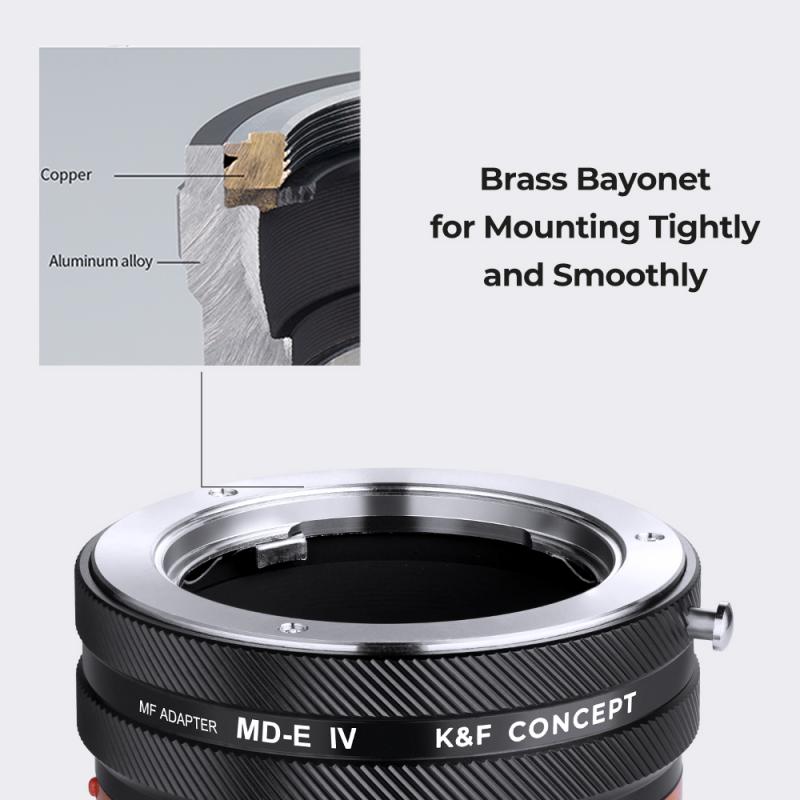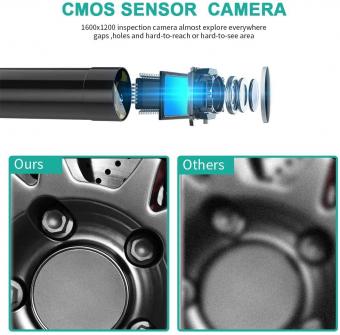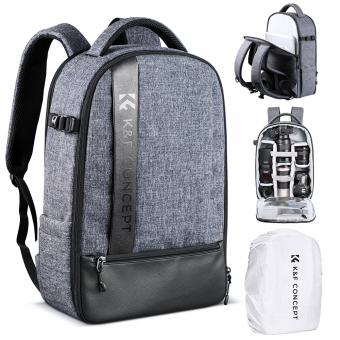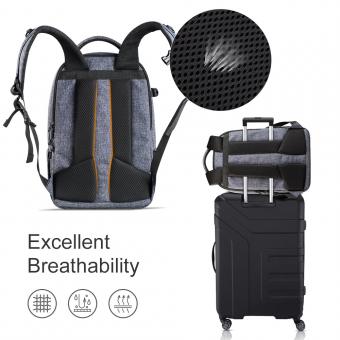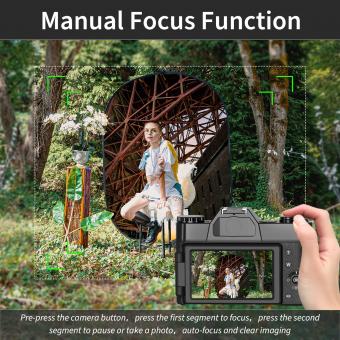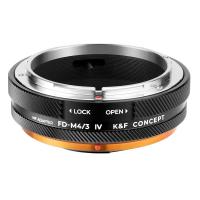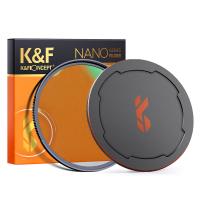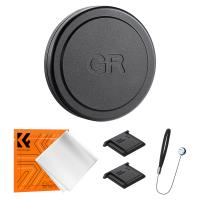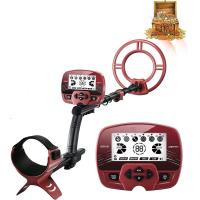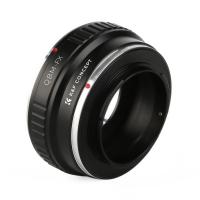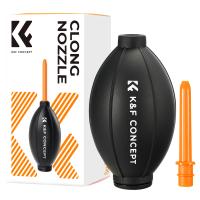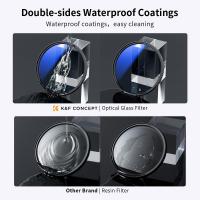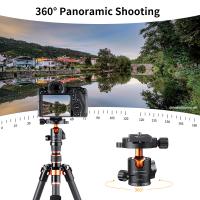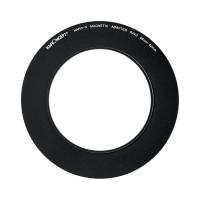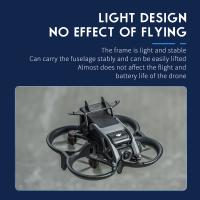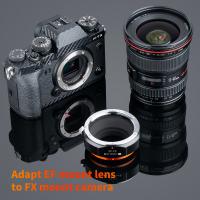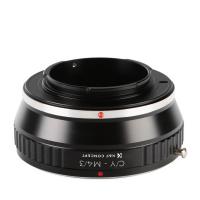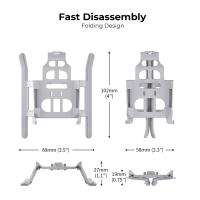What Filter Size For 10mm Wide Angle Lens ?
The filter size for a 10mm wide angle lens can vary depending on the specific lens model. It is recommended to refer to the lens manufacturer's specifications or documentation to determine the correct filter size for your particular lens.
1、 Lens compatibility: Check if the filter is compatible with the lens.
When determining the appropriate filter size for a 10mm wide-angle lens, it is important to consider the lens compatibility. Different lenses have varying filter thread sizes, and it is crucial to ensure that the filter is compatible with the specific lens in question.
To determine the filter size for a 10mm wide-angle lens, you need to check the lens specifications or the lens manual. The filter size is usually indicated by a symbol that looks like a circle with a line through it, followed by a number (e.g., ø77mm). This number represents the diameter of the filter thread on the lens.
It is worth noting that wide-angle lenses often have a larger front element, which may require larger filter sizes compared to standard lenses. This is because wider lenses capture a wider field of view, and the larger filter size helps prevent vignetting or darkening of the corners in the image.
Additionally, advancements in lens technology and design may influence the filter size requirements for specific lenses. Therefore, it is always recommended to consult the latest lens specifications or reach out to the lens manufacturer for the most accurate information.
In conclusion, to determine the appropriate filter size for a 10mm wide-angle lens, it is essential to check the lens compatibility and refer to the lens specifications or manual. This will ensure that the filter is compatible with the lens and that it fits properly without causing any vignetting or image quality issues.
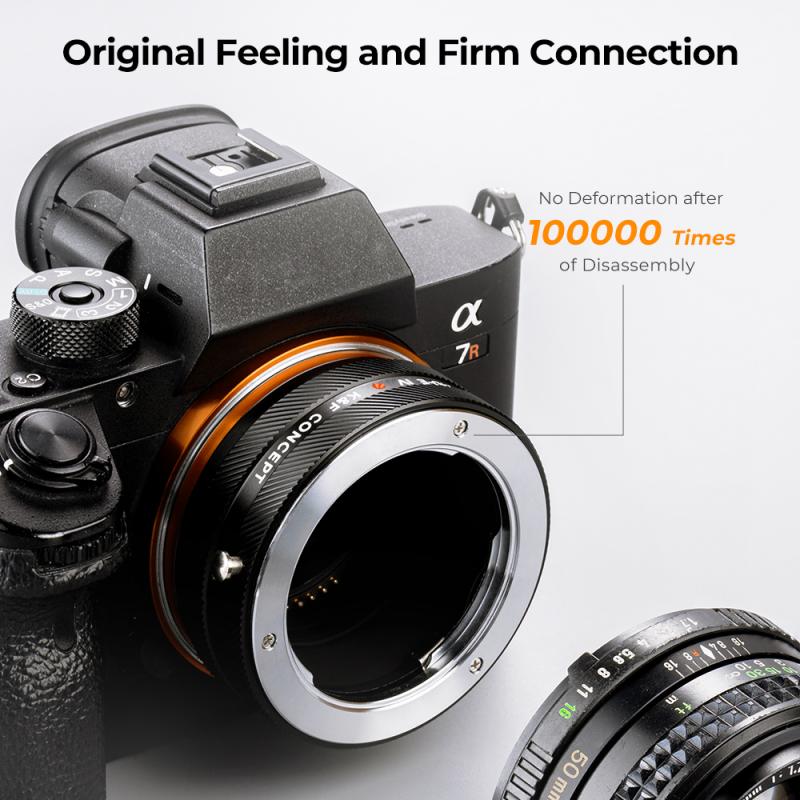
2、 Filter thread size: Determine the correct filter thread size for the lens.
The filter size for a 10mm wide-angle lens can vary depending on the specific lens model. To determine the correct filter thread size for the lens, you need to refer to the lens specifications or check the lens itself for the filter thread size information. The filter thread size is usually indicated in millimeters and can be found on the front of the lens or in the lens manual.
Wide-angle lenses, such as a 10mm lens, are commonly used for landscape, architectural, and interior photography. These lenses have a wider field of view, allowing you to capture more of the scene in a single frame. When it comes to filters, the most commonly used ones for wide-angle lenses are circular polarizers, neutral density filters, and graduated neutral density filters.
Circular polarizers help reduce glare and reflections, enhance color saturation, and improve overall image quality. Neutral density filters are useful for controlling exposure in bright conditions, allowing you to use slower shutter speeds or wider apertures. Graduated neutral density filters are particularly handy for balancing exposure in scenes with a significant difference in brightness between the sky and the foreground.
It's important to note that the filter thread size may vary between different lens models, even within the same focal length. Therefore, it is crucial to determine the specific filter thread size for your 10mm wide-angle lens. This can be done by referring to the lens manual or checking the lens itself for the filter thread size information.

3、 Wide-angle considerations: Consider the potential for vignetting with wide-angle lenses.
When it comes to choosing the right filter size for a 10mm wide-angle lens, there are a few factors to consider. One of the most important considerations is the potential for vignetting. Vignetting refers to the darkening of the corners of an image, which can occur when using filters on wide-angle lenses.
Wide-angle lenses have a wider field of view, which means they capture more of the scene in front of them. This wider field of view can sometimes cause the edges of the filter to be visible in the image, resulting in vignetting. To avoid this, it is recommended to use a larger filter size that covers the entire front element of the lens.
The specific filter size needed for a 10mm wide-angle lens can vary depending on the lens model and manufacturer. It is best to consult the lens specifications or contact the manufacturer directly to determine the appropriate filter size. They will be able to provide the most accurate information based on the specific lens design.
It is worth noting that advancements in lens technology have led to the development of filters specifically designed for wide-angle lenses. These filters are often thinner and wider, allowing for a larger field of view without causing vignetting. Therefore, it is advisable to consider using filters specifically designed for wide-angle lenses to minimize any potential issues.
In conclusion, when choosing a filter size for a 10mm wide-angle lens, it is important to consider the potential for vignetting. Consult the lens specifications or contact the manufacturer for the most accurate information, and consider using filters specifically designed for wide-angle lenses to minimize any potential issues.
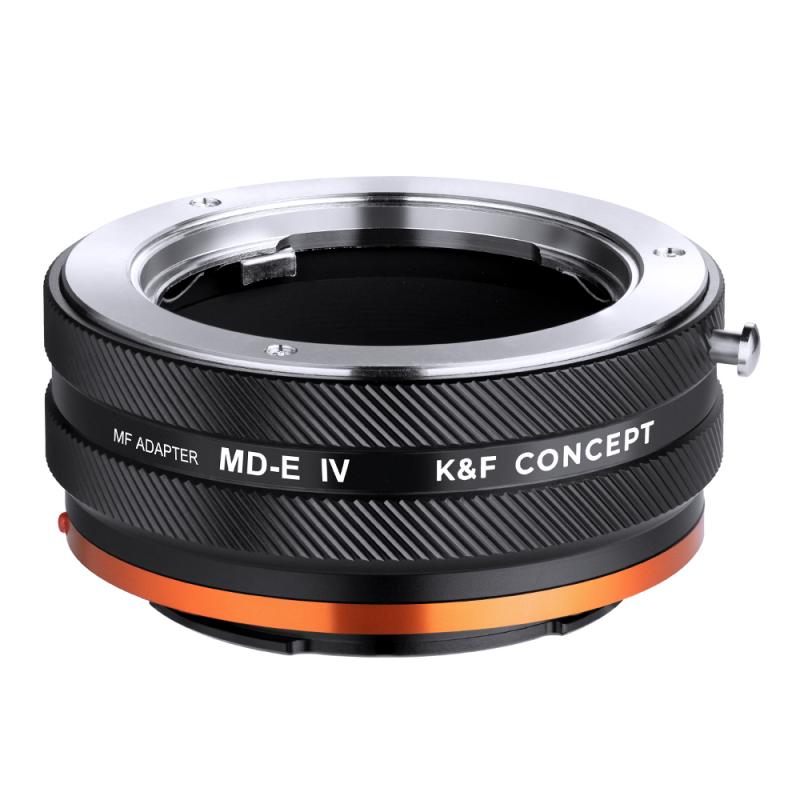
4、 Neutral density filters: Explore the use of ND filters for long exposures.
When it comes to choosing the right filter size for a 10mm wide-angle lens, there are a few factors to consider. One of the most important considerations is the thread size of the lens. This information can usually be found on the lens itself or in the lens manual. The thread size will determine the filter size that is compatible with the lens.
In general, wide-angle lenses tend to have smaller filter thread sizes compared to standard or telephoto lenses. Common filter thread sizes for wide-angle lenses range from 49mm to 77mm. However, it is always best to check the specific lens model to determine the exact filter size needed.
As for neutral density (ND) filters, they are commonly used for long exposures to achieve various creative effects. ND filters reduce the amount of light entering the lens, allowing for longer shutter speeds. This can be particularly useful in situations where you want to capture motion blur, such as in waterfalls or moving clouds.
The choice of ND filter strength will depend on the desired effect and lighting conditions. ND filters are available in different densities, usually measured in stops. Common strengths include ND2 (1-stop reduction), ND4 (2-stop reduction), ND8 (3-stop reduction), and so on. It is recommended to have a range of ND filters to accommodate different lighting situations.
It is worth noting that some wide-angle lenses may have a built-in filter holder at the rear of the lens, allowing for the use of specialized filters. These filters are typically larger in size and can be more expensive.
In conclusion, the filter size for a 10mm wide-angle lens will depend on the lens's specific thread size. It is important to check the lens manual or the lens itself to determine the correct filter size. When it comes to ND filters, having a range of filter strengths is beneficial for achieving different long exposure effects.
